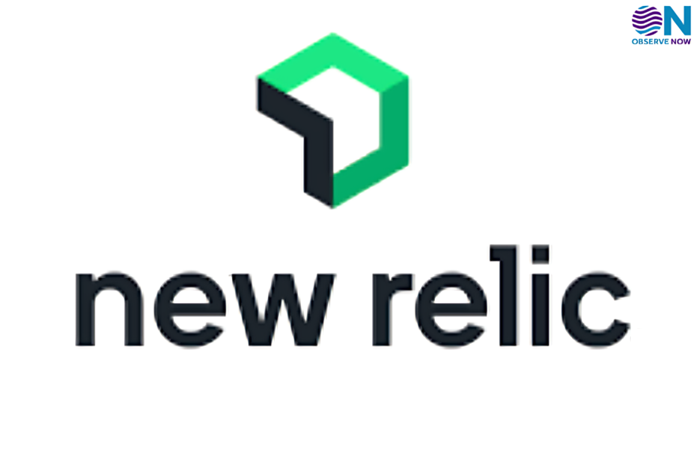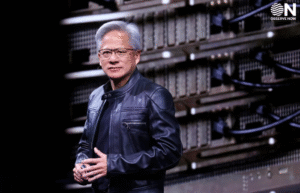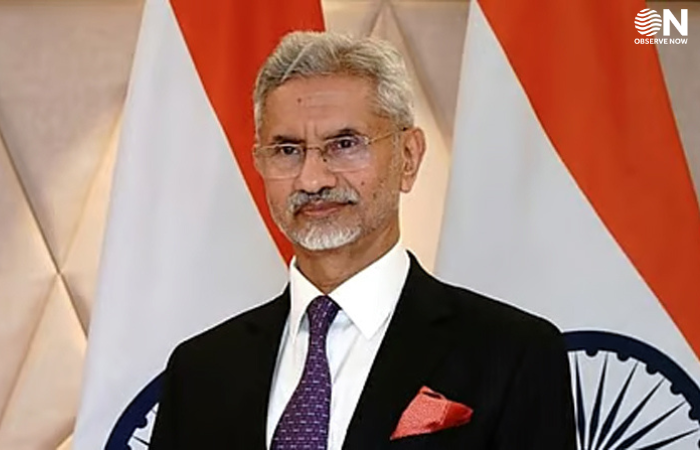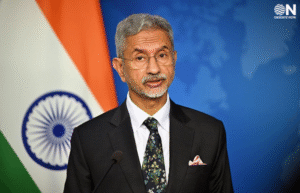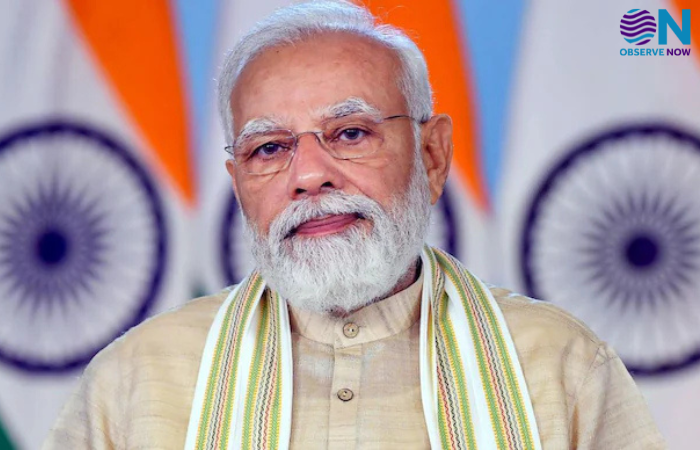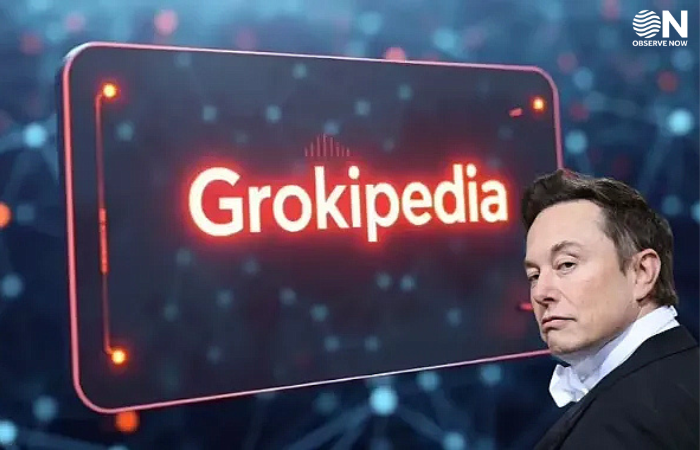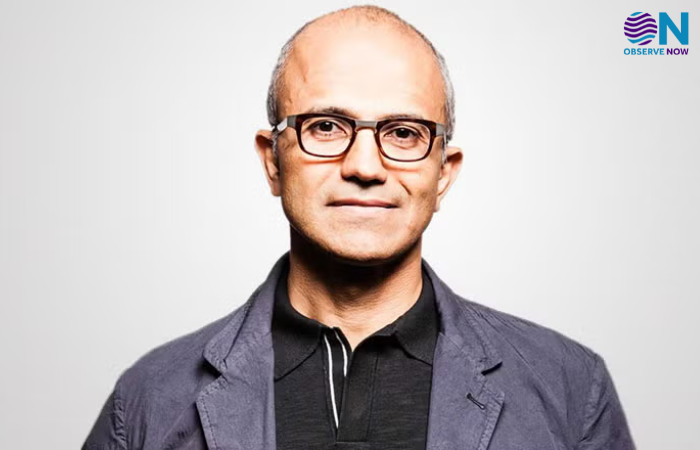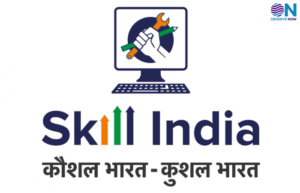How Parametric Insurance Can Rebuild Climate Resilience in India
When Rain Falls, Relief Should Too
Each time the monsoon turns fierce, India witnesses a familiar scene: flooded streets, shuttered shops, stranded farmers, and small businesses watching years of effort wash away overnight. What follows is an equally familiar story of delay. Weeks turn into months as people wait for insurance payouts that are meant to restore their livelihoods, often caught in a maze of paperwork and verification.
In a world where climate shocks are becoming more frequent and severe, our response systems must evolve. Insurance needs to move at the same speed as disaster. Parametric insurance offers that possibility.
Unlike traditional insurance, which depends on time-consuming surveys and loss assessments, parametric insurance is data-driven. It uses pre-defined parameters — such as rainfall, temperature, or river levels- to automatically trigger payouts when thresholds are breached. For instance, if rainfall in a district crosses 250 mm within 48 hours or a river rises above a certain level, compensation is released instantly. There are no forms, no inspections, no disputes, just timely relief when it’s needed most.
This approach holds enormous promise for India’s most vulnerable communities. Small shopkeepers whose stock is damaged in a sudden flood, farmers whose crops are lost to unseasonal rain, and gig workers whose income vanishes during heatwaves, for them, speed of response determines survival. Quick access to funds can mean the difference between recovery and ruin.
At Plutas.ai, climate insurance must operate in real-time. The challenge is not just awareness, but action, the ability to underwrite, issue, and settle policies instantly through technology. Our platform integrates three decades of historical weather data with live satellite feeds and AI-driven forecasts to price risk accurately and process claims at unprecedented speed. In many cases, settlements can be completed within T+1 days, providing a genuine safety net for individuals and enterprises.
This is more than a technological upgrade; it’s a fundamental shift in how insurance operates. For decades, insurance has been reactive, responding only after losses occur. Parametric models make it proactive, transforming weather data into a force for financial resilience.
And this transformation is not limited to rural India. Urban areas face their own climate challenges. Flash floods disrupt mobility, damage property, and paralyse logistics. Heatwaves endanger delivery workers and small businesses alike. Every unprotected household or enterprise adds to the nation’s economic vulnerability. The opportunity lies in extending fast, affordable, and inclusive coverage across both Bharat and India, from farmers in Vidarbha to retailers in Guwahati and cab drivers in Chennai.
Encouragingly, India’s insurance ecosystem is already moving in this direction. Progressive insurers such as Bajaj Allianz General Insurance are championing partnerships that combine innovation, transparency, and technology to deliver real impact. Together, we are proving that technology and empathy can coexist, that data can power decisions that protect lives.
As climate volatility intensifies, insurance cannot afford to remain a slow responder. The real question is how quickly we can close the gap between disaster and recovery. Parametric insurance gives us a pathway to do just that, ensuring that every drop of rain that causes loss can also trigger relief.
In a nation where the monsoon shapes both livelihoods and destinies, it is time our insurance systems kept pace with the rain.
About Authors:
Ankur Indrakush is the Founder of Plutas.ai, a climate-tech innovator building financial infrastructure for the climate era. With 15 years of experience at JPMorgan Chase, Wells Fargo, and IDFC FIRST Bank, he combines deep-tech insight and financial expertise to develop AI-driven tools for climate risk, ESG compliance, and sustainable resilience.

Anupam Shrey, Co-founder of Plutas.ai and Founder of DigiSafe Insurance Broking, is redefining insurance for India’s climate era. With over a decade in the industry, he’s pioneering AI-driven parametric solutions and rural PoSP networks to make insurance faster, accessible, and resilient for underserved and gig-economy communities.

Suman Roychoudhury, Co-founder of Plutas.ai and Founder of DigiSafe Insurance, is redefining financial resilience through technology-driven insurance. With two decades in the industry, he’s building India’s first rural PoSP network and AI-powered parametric solutions to protect farmers, gig workers, and small businesses from the growing risks of climate change.






